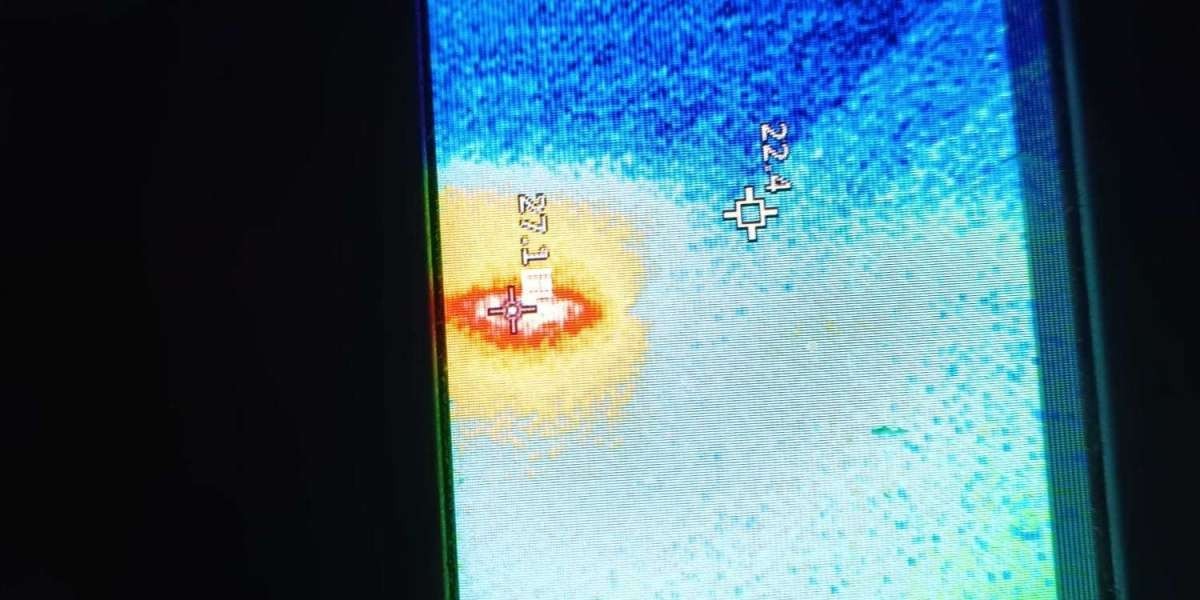Unlocking the Secrets of Laser and Light Technologies: Discover Their Unique Powers and Surprising Applications!
In the realm of modern science and technology, laser and light technologies play a pivotal role, influencing a multitude of industries and enhancing our everyday lives. From the intricate processes in medical surgeries to the mesmerizing displays at concerts, these technologies are not just scientific marvels; they are tools that shape our world. In this article, we will delve into the fascinating world of lasers and light, exploring various types and their unique applications. Understanding these technologies will not only broaden your knowledge but also illuminate the ways they continue to revolutionize our lives.

Understanding Laser Technologies
Lasers, or "Light Amplification by Stimulated Emission of Radiation," are devices that emit light through a process of optical amplification. At their core, lasers work by exciting atoms in a medium—such as gas, crystals, or semiconductors—causing them to emit photons that are coherent, meaning they are in phase and travel in the same direction. This unique property allows lasers to produce highly focused beams of light. There are several types of lasers, each with distinct characteristics. Solid-state lasers use a solid medium, like a crystal, as the gain medium, while gas lasers utilize gases like helium and neon. Fiber lasers, on the other hand, use optical fibers as the medium, offering flexibility and efficiency. Semiconductor lasers, commonly found in everyday devices like laser pointers and optical drives, are compact and energy-efficient.
Applications of Laser Technologies
The applications of laser technologies are vast and varied. In the medical field, laser surgery has transformed procedures, allowing for precision in operations such as eye surgeries and tissue removal. I recall a friend sharing their experience of undergoing LASIK eye surgery, where the precision of the laser not only improved their vision but also minimized recovery time. In telecommunications, fiber optic technology, which relies on lasers, has revolutionized data transmission, making internet connectivity faster and more reliable. Manufacturing industries utilize lasers for cutting and welding materials with exceptional accuracy, enhancing production efficiency. Additionally, in the entertainment sector, laser shows have become a staple, captivating audiences with vibrant displays of light that dance across the sky.
The Science of Light Technologies
Light technologies encompass a broader spectrum, utilizing various forms of light for diverse applications. Fundamental to these technologies are devices like LEDs (Light Emitting Diodes), which convert electricity into light efficiently. Photonics, the science of generating and manipulating photons, plays a crucial role in modern technology. A key distinction in light technologies is between coherent and incoherent light sources. Coherent light, produced by lasers, is highly organized and can travel long distances without scattering, while incoherent light, such as that from a standard bulb, emits light in all directions and is less focused.
Applications of Light Technologies
The applications of light technologies are evident in our daily lives. In lighting, LEDs have become the standard due to their energy efficiency and longevity compared to traditional bulbs. Display technologies, such as LCDs and OLEDs, rely on advanced light manipulation to produce vibrant images on screens, enhancing our viewing experience. Additionally, sensing technologies, such as LiDAR (Light Detection and Ranging) and optical sensors, are essential in fields ranging from autonomous vehicles to environmental monitoring, providing accurate measurements and data collection.
Comparing Laser and Light Technologies
While lasers and light technologies share common ground, they exhibit distinct properties that cater to different applications. Lasers, with their coherent light, are favored in situations requiring precision and long-range targeting, such as in surgical procedures or telecommunications. Conversely, incoherent light technologies are often utilized where broad illumination is needed, such as in general lighting or displays. Understanding the advantages and limitations of each technology can guide us in selecting the appropriate solution for specific needs, thereby optimizing performance and efficiency.
Final Thoughts on Laser and Light Technologies
Throughout this exploration of laser and light technologies, we've uncovered their unique properties and diverse applications that continue to shape various industries. From the precision of lasers in medical applications to the wide-ranging impact of light technologies in our daily lives, understanding these innovations is crucial. As technology evolves, the potential for new applications and enhancements in both laser and light technologies is immense. We encourage you to delve deeper into this fascinating subject and consider how these technologies may influence future innovations in our world.








